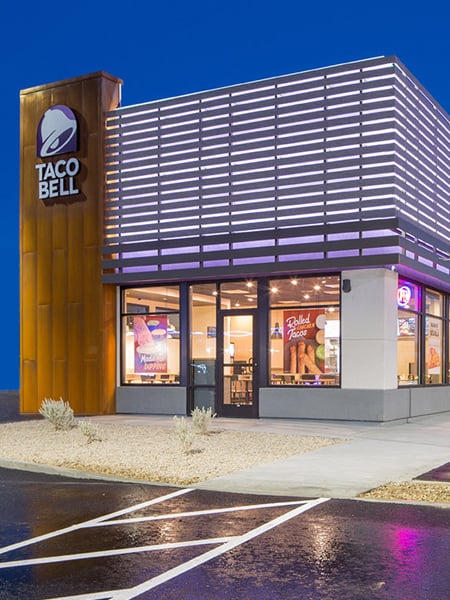4 tips for successfully implementing new technology
by Nicky Budd-Thanos, on July 28, 2020

Last month, we had a conversation with Gary Hawkins, CEO of CART (Center for Advancing Retail & Technology) about how COVID-19 has changed the face of retail and how organizations will need to adapt. He said that the “one thing that retailers really need - and most do not yet have - is a real-time communications platform for all of their employees.” It has never been more necessary or impactful to implement a new system of technology, but the energy and resources required to do so may feel overwhelming.
In a recent podcast in the Workforce Institute’s series on their book, Being Present: A Practical Guide for Transforming the Employee Experience of Your Frontline Workforce, former Executive Director of the WFI Joyce Maroney chatted with Dennis Miller, former Chief Employment Officer of the Cal Poly Pomona Foundation about the role that technology plays in transforming the frontline employee experience. Their podcast conversation was full of insights on how to make the adoption of new technology less overwhelming and how to guarantee a smooth transition.
Read on for our four biggest takeaways for successfully implementing new technology:
- Anticipate and plan for resistance to change
In the particular transition Miller cites from the Cal Poly Pomona Foundation, he said it ended up being relatively easy to convince the team to spend the resources because the many complaints and issues associated with their manual HR/Payroll system were ultimately a symptom of the real problem: not having a technology solution in place to streamline and simplify their workforce management.
However, as the former Chief Employment Officer at an institute of higher education, Dennis Miller is very familiar with the fact that change and change management can be, as he said, “a lengthy process”. Even those in very powerful positions in an organization can be quite fearful of change and the implications for how they do their job.
Implementing changes to processes that have been in place for years requires a commitment of resources before even investing in the technology itself: time to get the necessary people together, education on the new technology and the reasons for implementation, the effort to reach consensus. Understand your own motivations for technology so that you can clearly communicate this to the key stakeholders guiding the decision.
- Take a phased approach to adoption of new technology
According to a study from the Harvard Business Review, 60-70% of all initiatives undertaken in organizations fail. Set your team up for success by approaching new technology in phases. Miller calls this the “tortoise and the hare approach - slow and methodical”. While this approach took place over several years at the Foundation, the implementation can be considerably shorter - talk to us about how we can get your team up and running on Crew in 24 hours during the COVID-19 crisis - depending on the agility and commitment of your team.
Miller advises implementing the features that have the best value, the ones that will show the highest returns for your team so that team members will understand and actually use them. Aim to create an environment where your team members can not only digest but, most importantly, adapt to the change.
- Match your workflows to the system
Miller cites that many take the opposite approach when it comes to implementing a new technology platform: they simply mirror all of their current manual processes with the tech. If this is the route you choose, he says, “don’t bother with the technology.” You will only be incurring additional costs, and getting no value for the spend. As we mentioned in our first takeaway, patience is key but you also need to be willing to start with a clean sheet of paper, to really institute efficient change that will endure. There are many reasons that the existing manual processes have slowed your organization down and many reasons that implementing new technology will vastly improve operations - be fully open to the change and embrace it.
Miller advises to “acknowledge that the outcomes are what’s important; ‘how’ is important, but not nearly as important as the outcomes...start with the end in mind.” - Stay the course
Ultimately, Miller’s biggest piece of advice for leaders was this: “recognize that even in an environment where change management is typically slow and methodical, you can still get to a state where technology is being leveraged and benefitting the entire organization. If you stick to it, the likelihood of success is very high.”
What have you learned while implementing new technology with your team? Let us know on Twitter! To learn more about how Crew’s digital workplace connects your entire workplace, unifying communications, streamlining scheduling, and making operations hum, schedule a demo today.
To learn more about Gary Hawkins’ insights on how to navigate the COVID-19 crisis, join our webinar - Retail in the Age of COVID-19: Tactics for Success. Get even more actionable tips from the full podcast between Joyce Maroney and Dennis Miller on the Workforce Institute now.


